Most space enthusiasts know about NASA’s Kennedy Space Center or Chile’s famous observatories. But across our planet, there are hidden gems where the stars shine brighter, and space history runs deeper than most people realize.
These places tell amazing stories about our connection to the cosmos, far from the usual tourist spots. Looking for places where you can get closer to the stars without fighting through crowds?
Let’s explore some incredible spots that most travelers haven’t heard about – perfect for anyone who’s ever looked up at the night sky and felt a sense of wonder.
McDonald Observatory
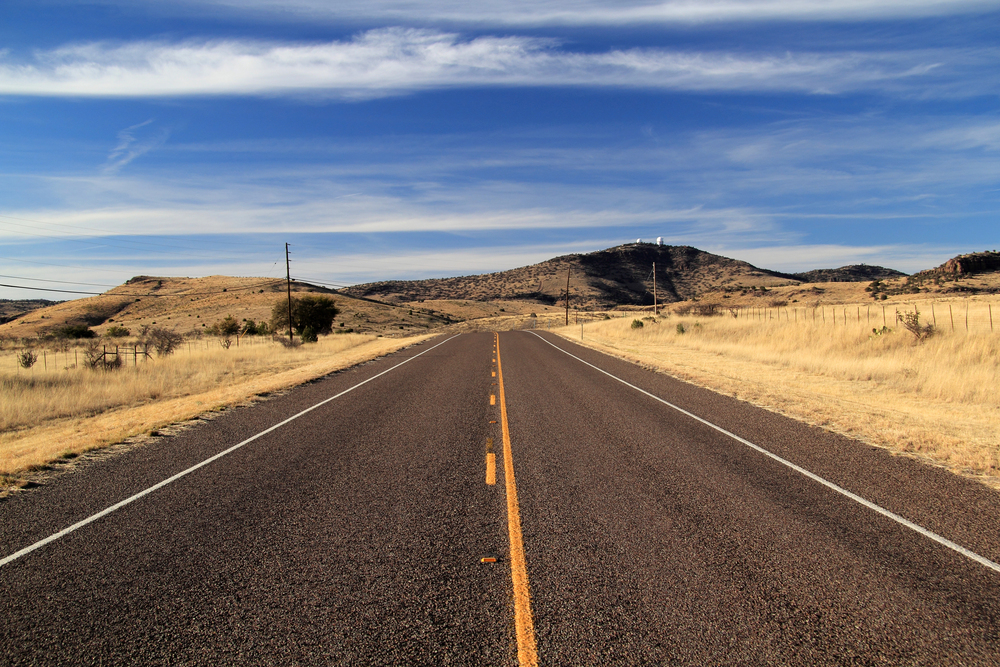
Deep in the Texas mountains, this observatory sits in one of the darkest spots in North America. The night sky here is so dark that the Milky Way cast shadows on moonless nights.
During their star parties, you can look through telescopes bigger than cars and learn from astronomers who talk about space like they’re telling stories around a campfire.
Atacama Astronomical Park
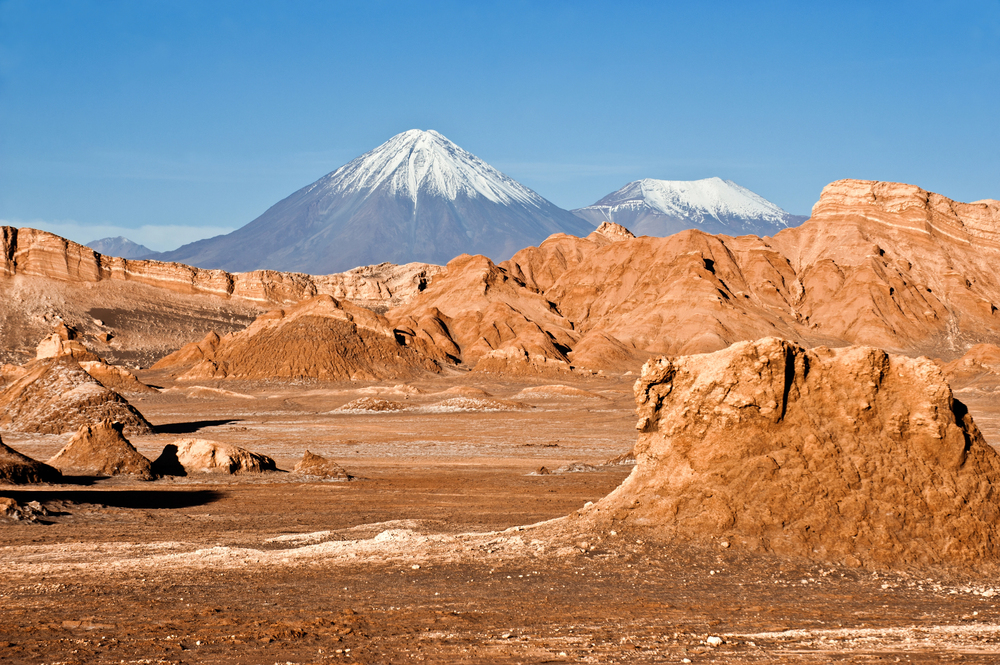
Everyone knows about Chile’s big observatories, but this public park near San Pedro lets regular folks experience the clearest skies on Earth. The air is so dry and clean that stars don’t twinkle – they shine like tiny diamonds stuck in black velvet.
Local guides know exactly where to set up telescopes to see Saturn’s rings or Jupiter’s moons.
Like Travel Pug’s content? Follow us on MSN.
Einstein Tower
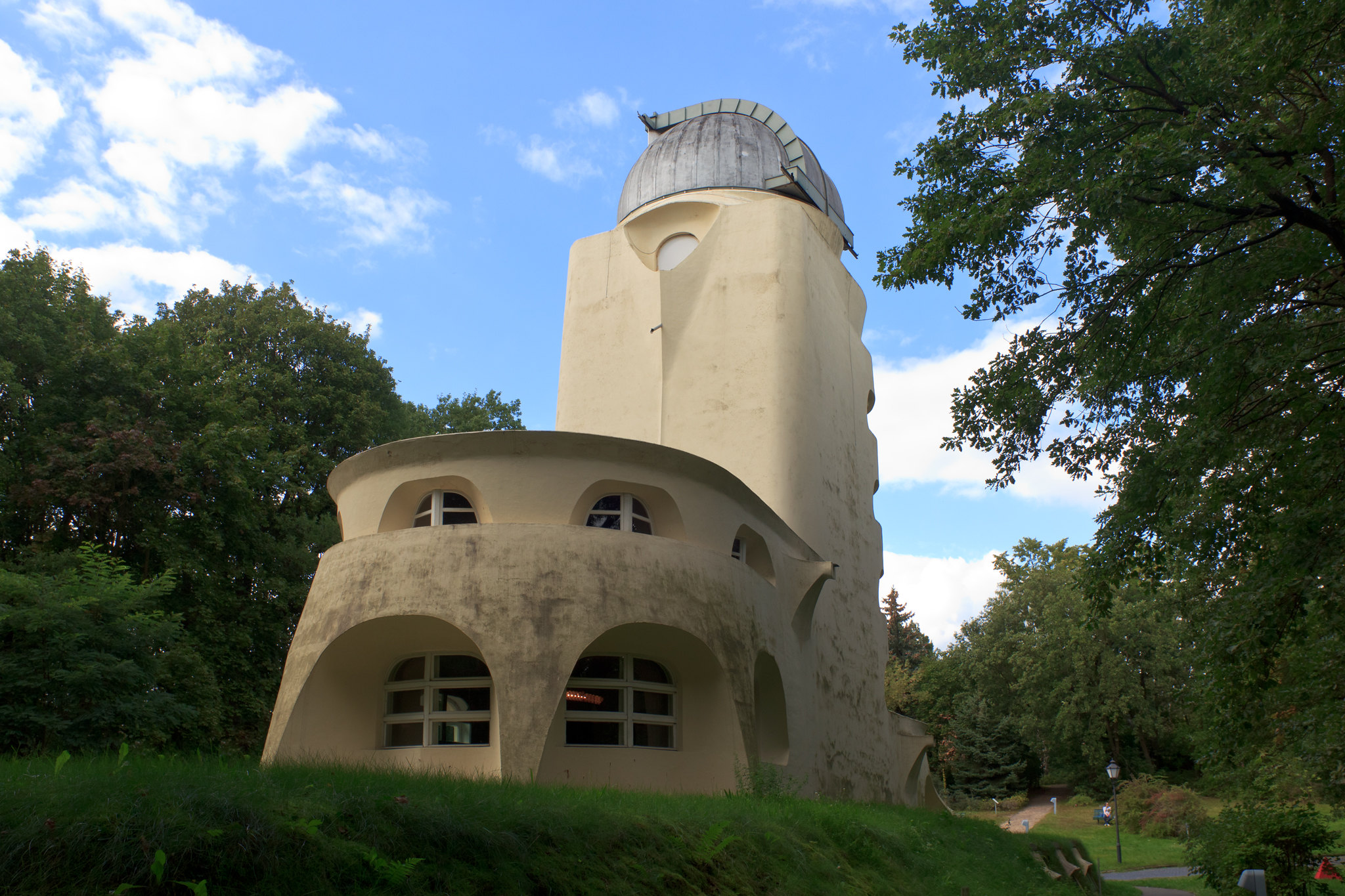
This strange-looking building in Potsdam, Germany, looks like something from a science fiction movie. Built in the 1920s to prove Einstein’s theories, it still works today as a solar observatory.
The building itself tells the story of how we started to understand that space and time bend like rubber bands.
Ulugh Beg Observatory
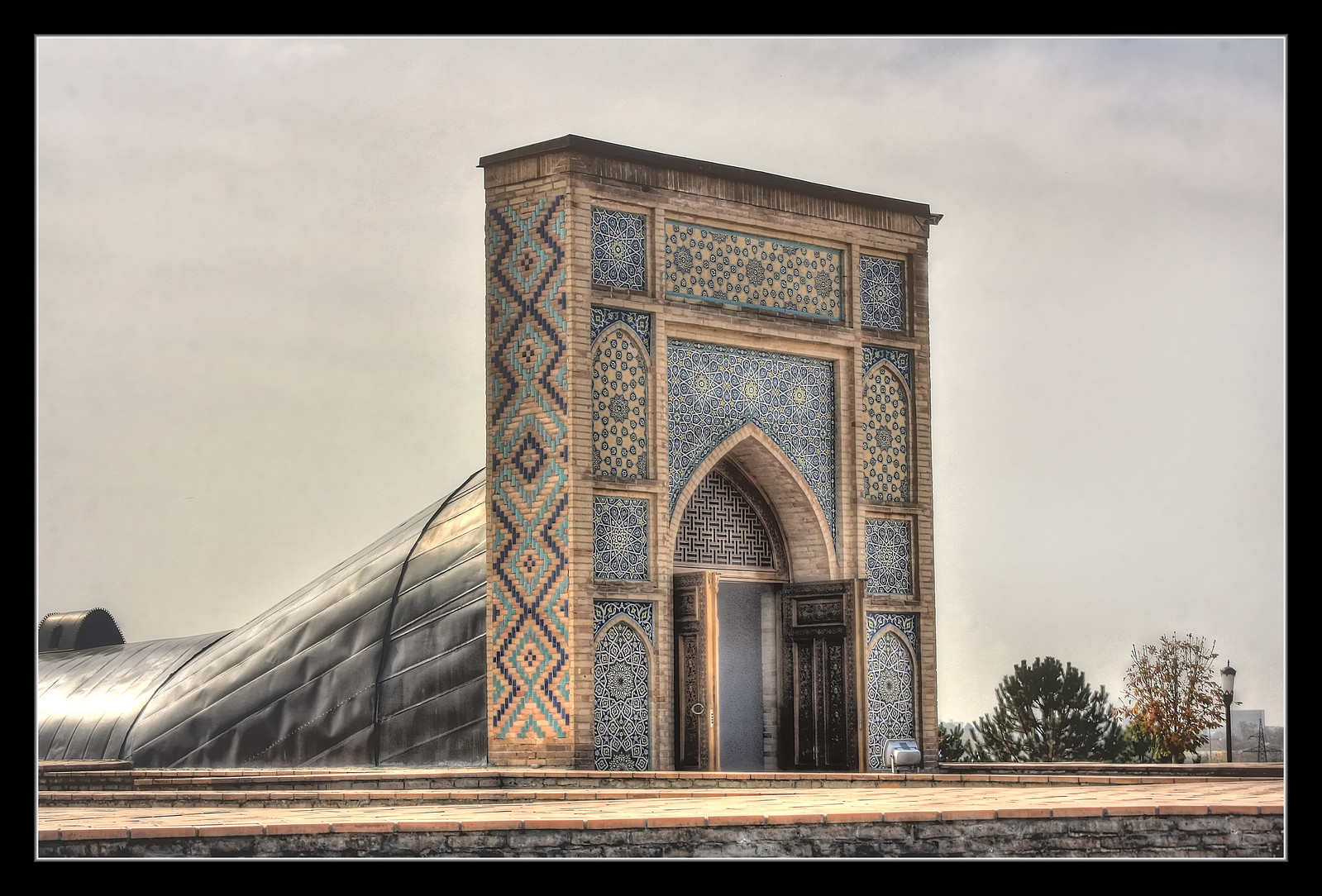
Long before telescopes existed, this ruler in Uzbekistan built a massive instrument to map the stars. The remains of his observatory show how people measured the sky using just their eyes and really big tools.
Some of his star measurements from the 1400s were so good that modern computers barely do better.
Jantar Mantar
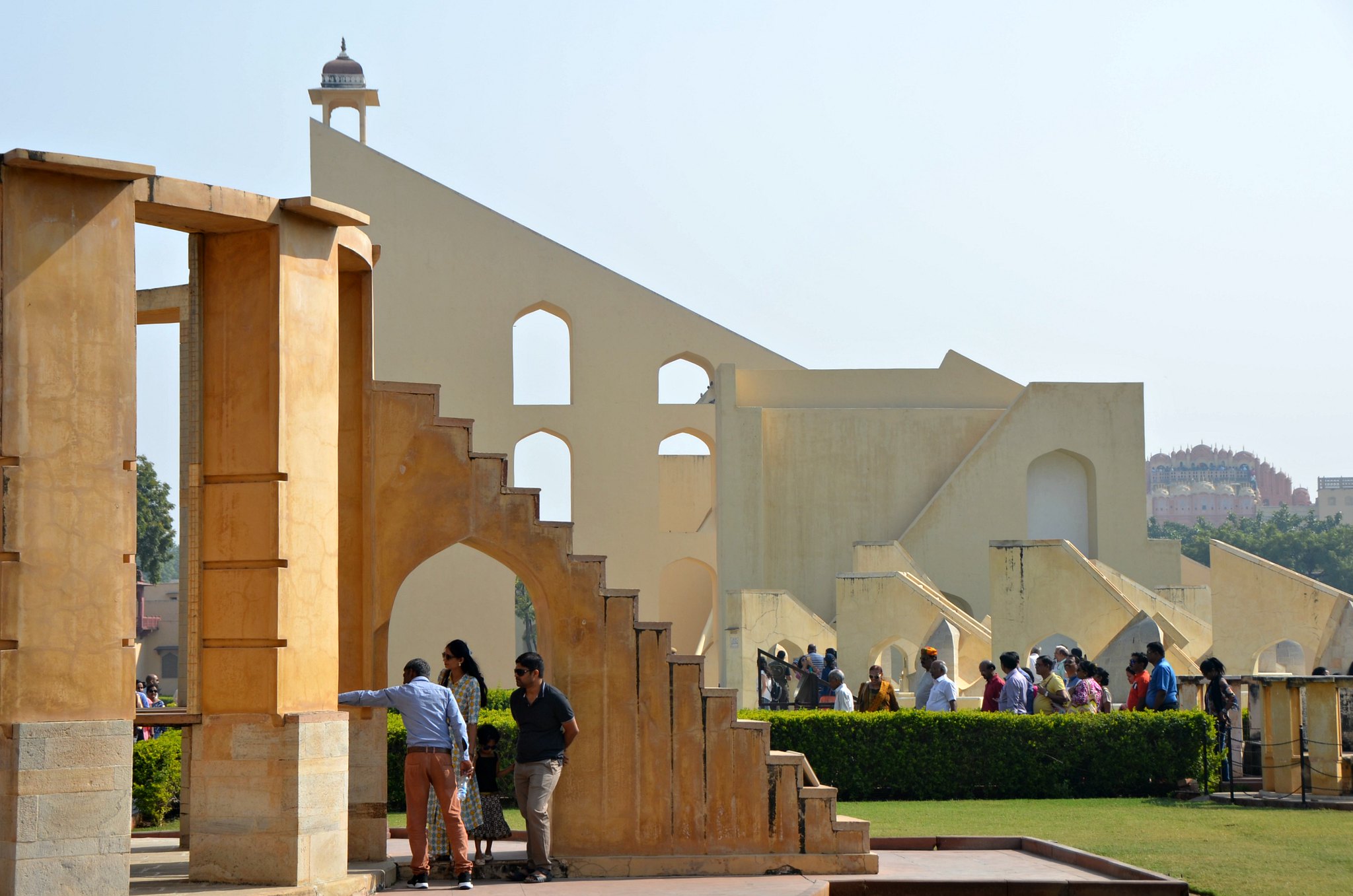
These giant sundials and star-tracking tools in Jaipur, India, look like modern art sculptures but actually work like prehistoric computers. Built in the 1700s, they can tell time down to two seconds and track stars with amazing accuracy.
The biggest sundial is as tall as a six-story building and still works perfectly.
Like Travel Pug’s content? Follow us on MSN.
Pic du Midi
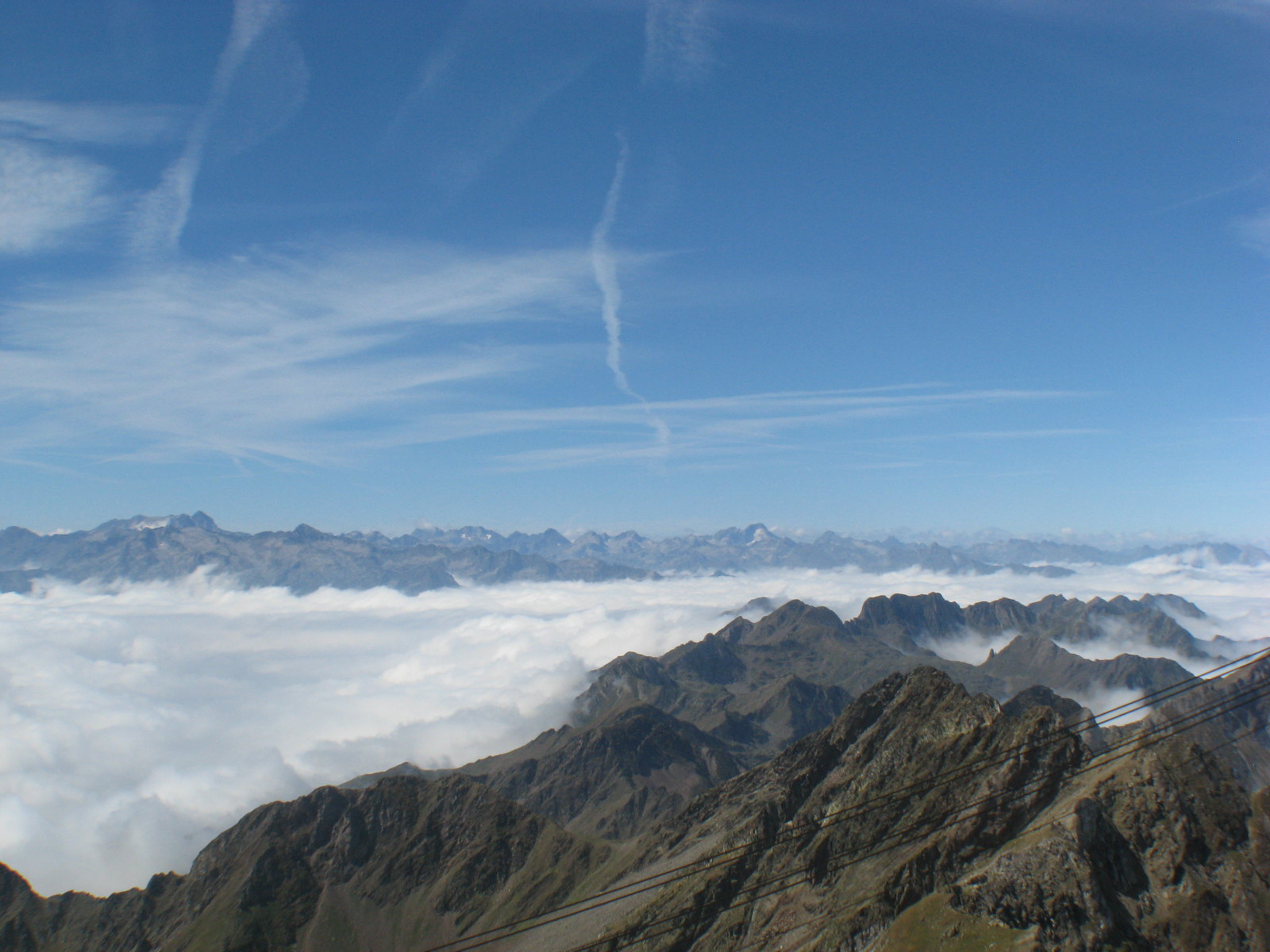
This French observatory sits on top of a mountain like a castle in the clouds. The views of the Pyrenees during the day are amazing, but the real show starts at night.
You can actually sleep here and spend the night stargazing from the same spot where scientists took photos to plan the Apollo moon landings.
Sutherland Observatory
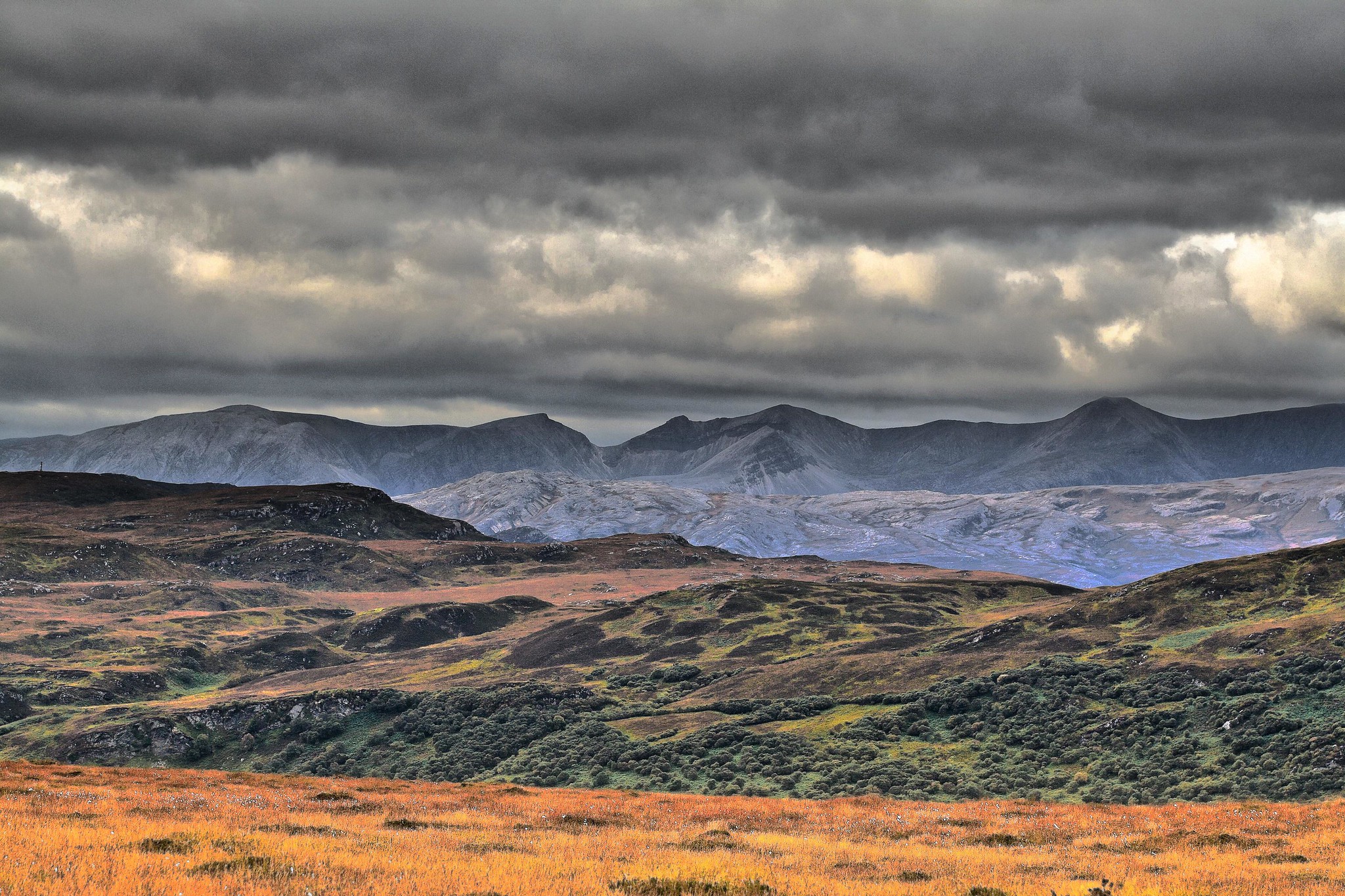
South Africa’s star-watching capital is home to the largest telescope in the southern half of Earth. The town is so serious about dark skies that they change all their streetlights to point down.
On most nights, you can see the center of our galaxy floating overhead like a river of stars.
Shamakhi Observatory
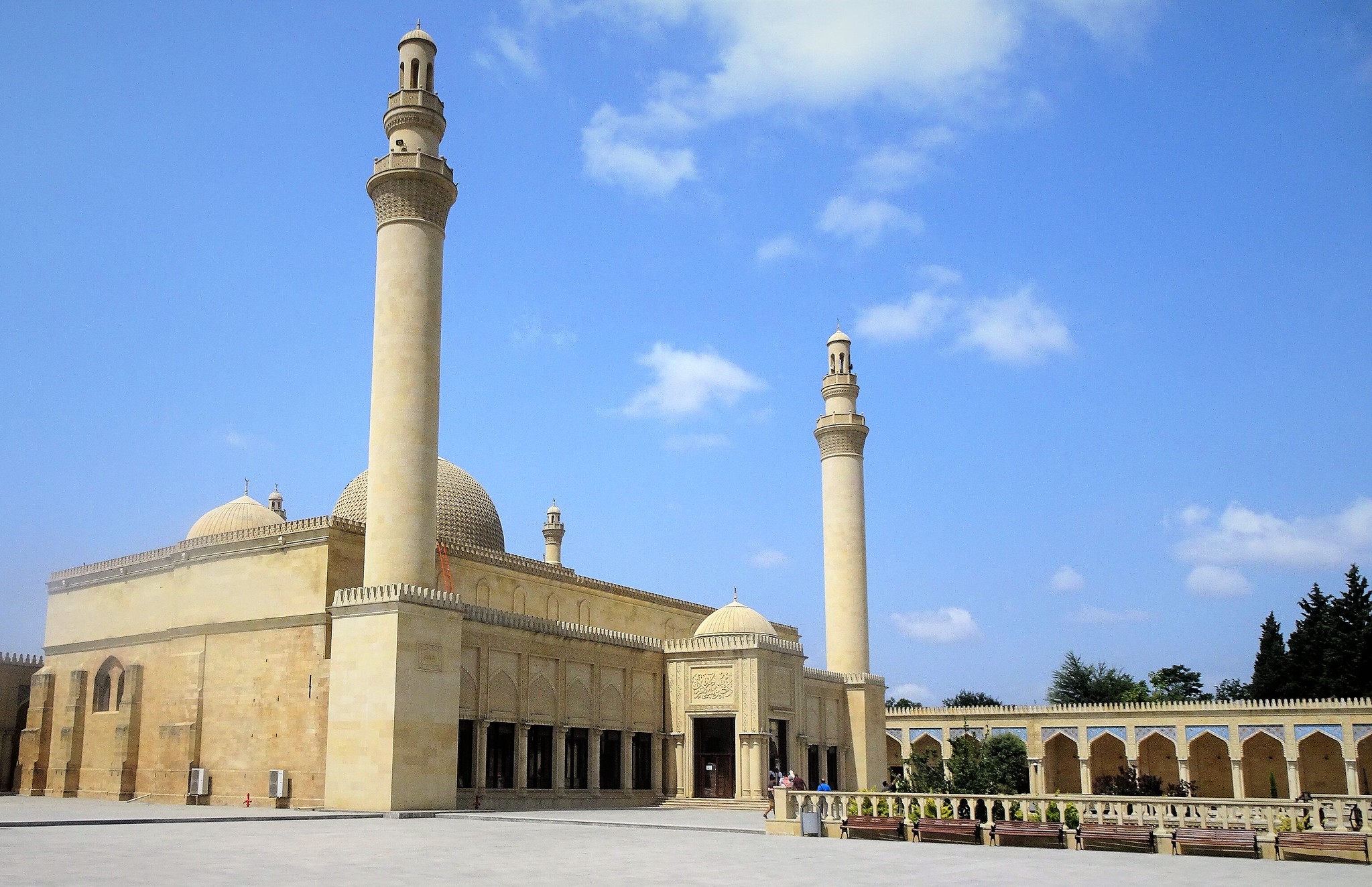
High in the mountains of Azerbaijan, this observatory looks like a space station dropped onto a hilltop. The Soviets built it in the 1960s, and it has survived earthquakes, wars, and the collapse of an empire.
Today, it still works perfectly, giving visitors views of stars that most city folks never get to see.
Like Travel Pug’s content? Follow us on MSN.
Hat Creek Radio Observatory
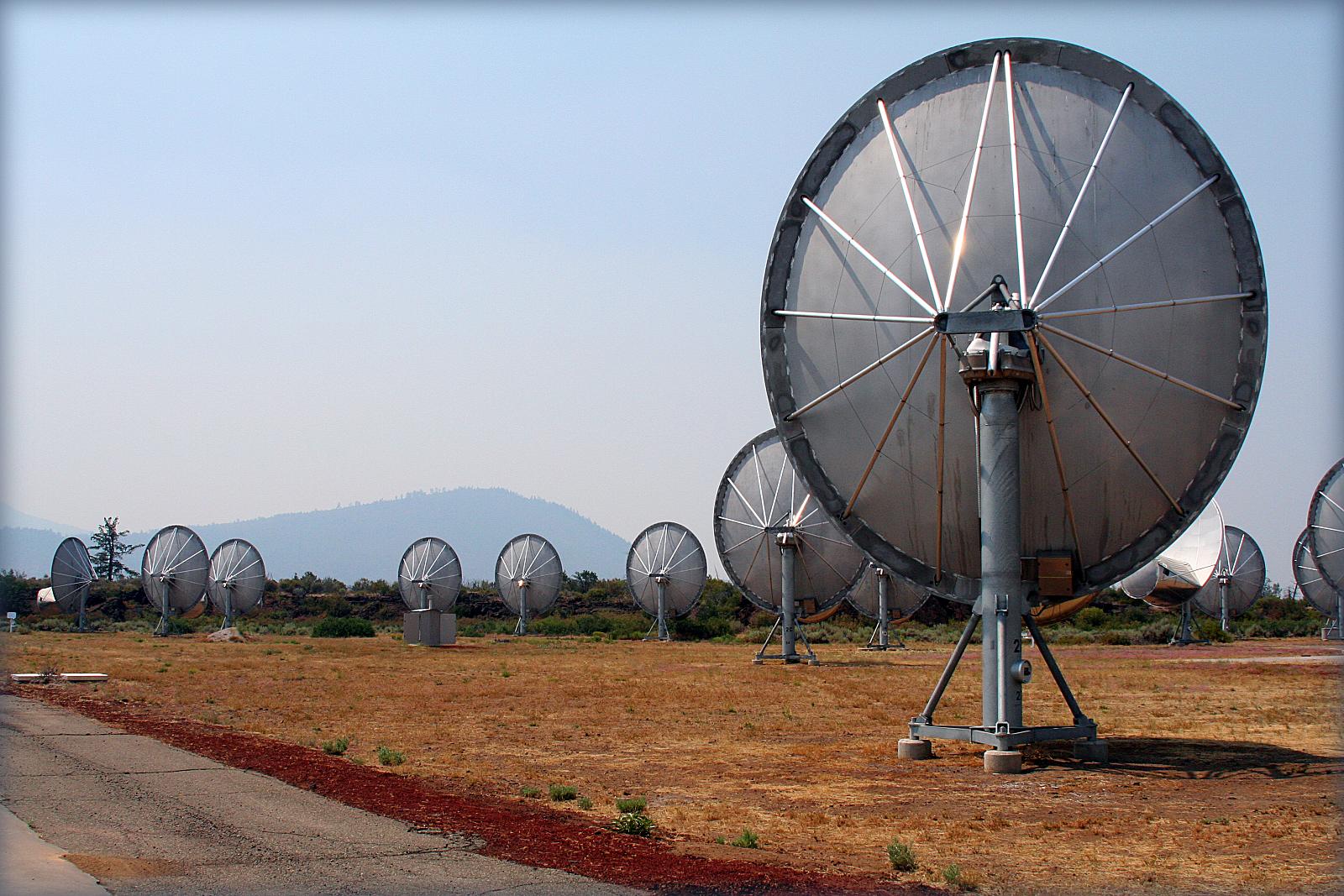
In a valley in northern California, huge radio dishes listen to the cosmos day and night. This is where scientists are actively searching for alien signals.
Visitors can walk among the antennas and sometimes even help listen for messages from space.
Mount Teide Observatory
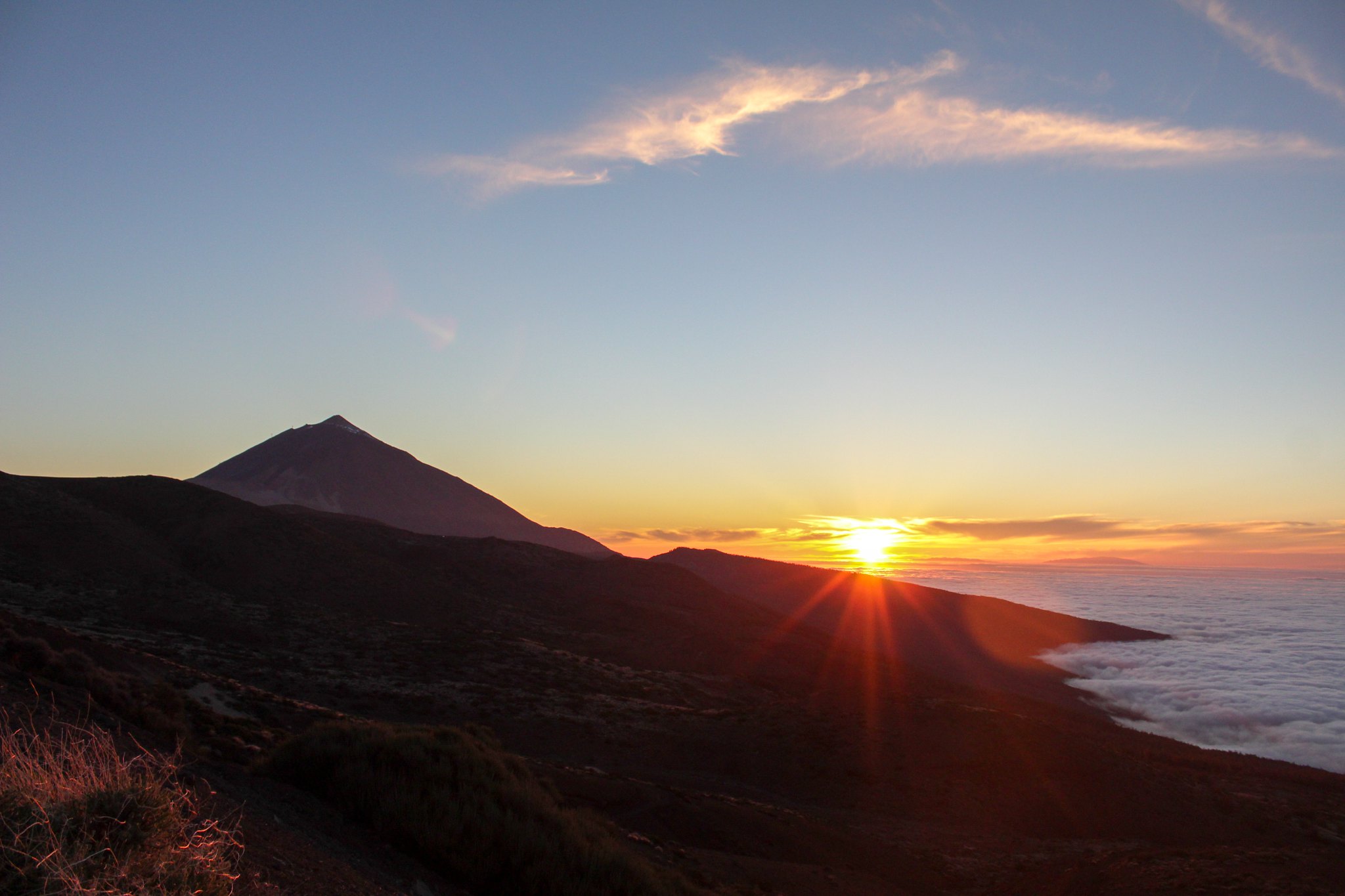
Sitting above the clouds on a volcano in the Canary Islands, this place feels like another planet. The air is so clear that scientists from all over Europe bring their telescopes here.
During the day, they study the sun, and at night, the stars come out so bright they look fake.
Devasthal Observatory
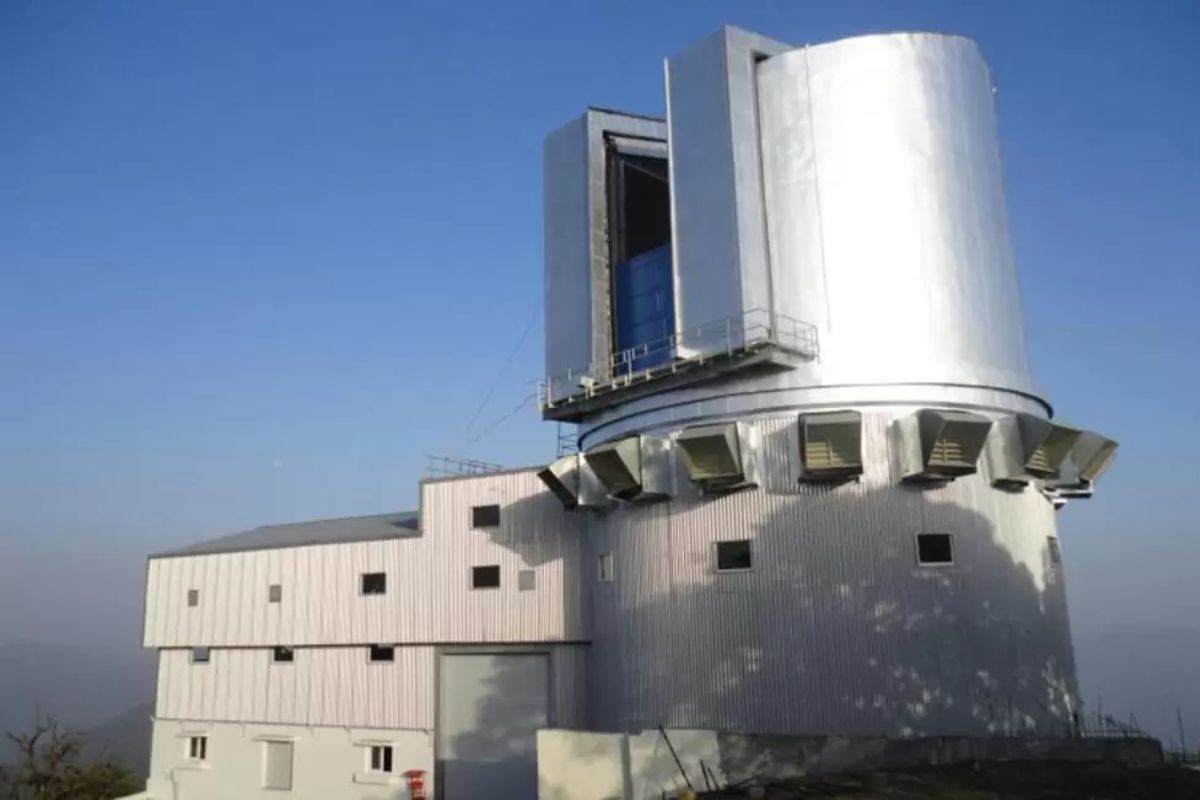
Hidden in India’s Himalayan foothills, this modern observatory sits where ancient Hindu astronomers once tracked the stars. The telescope here is so powerful it can spot a candle flame on the moon – if there were any candles up there.
The drive up is scary, but the stars at night make it worth every hairpin turn.
Like Travel Pug’s content? Follow us on MSN.
Sunspot Solar Observatory
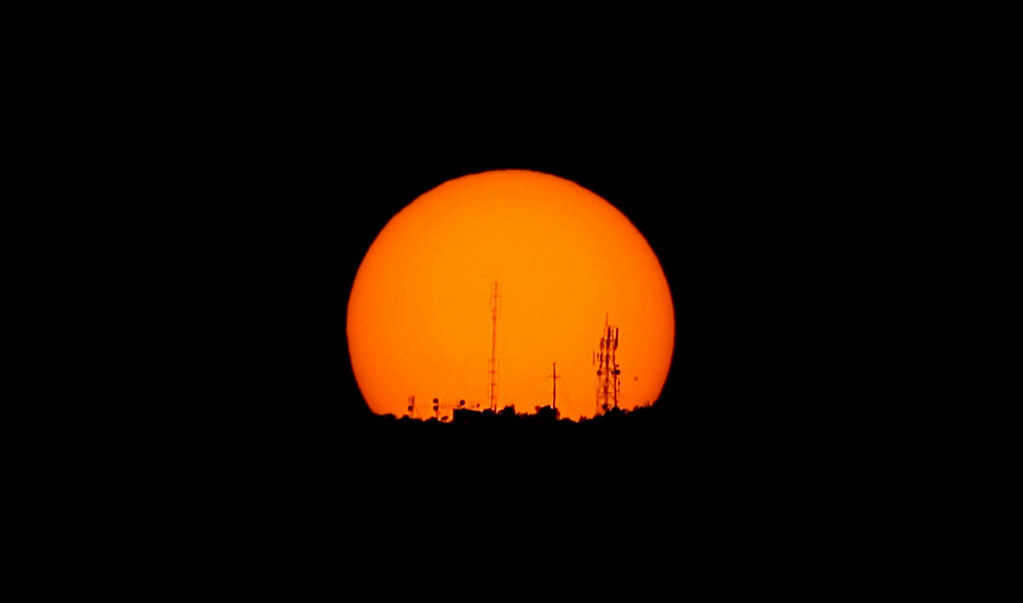
New Mexico’s secret space spot made headlines when it mysteriously shut down a few years ago. The real story wasn’t as exciting as the rumors, but the science they do here is amazing.
They study the sun using telescopes that look like something out of a Bond villain’s lair.
Lowell Observatory
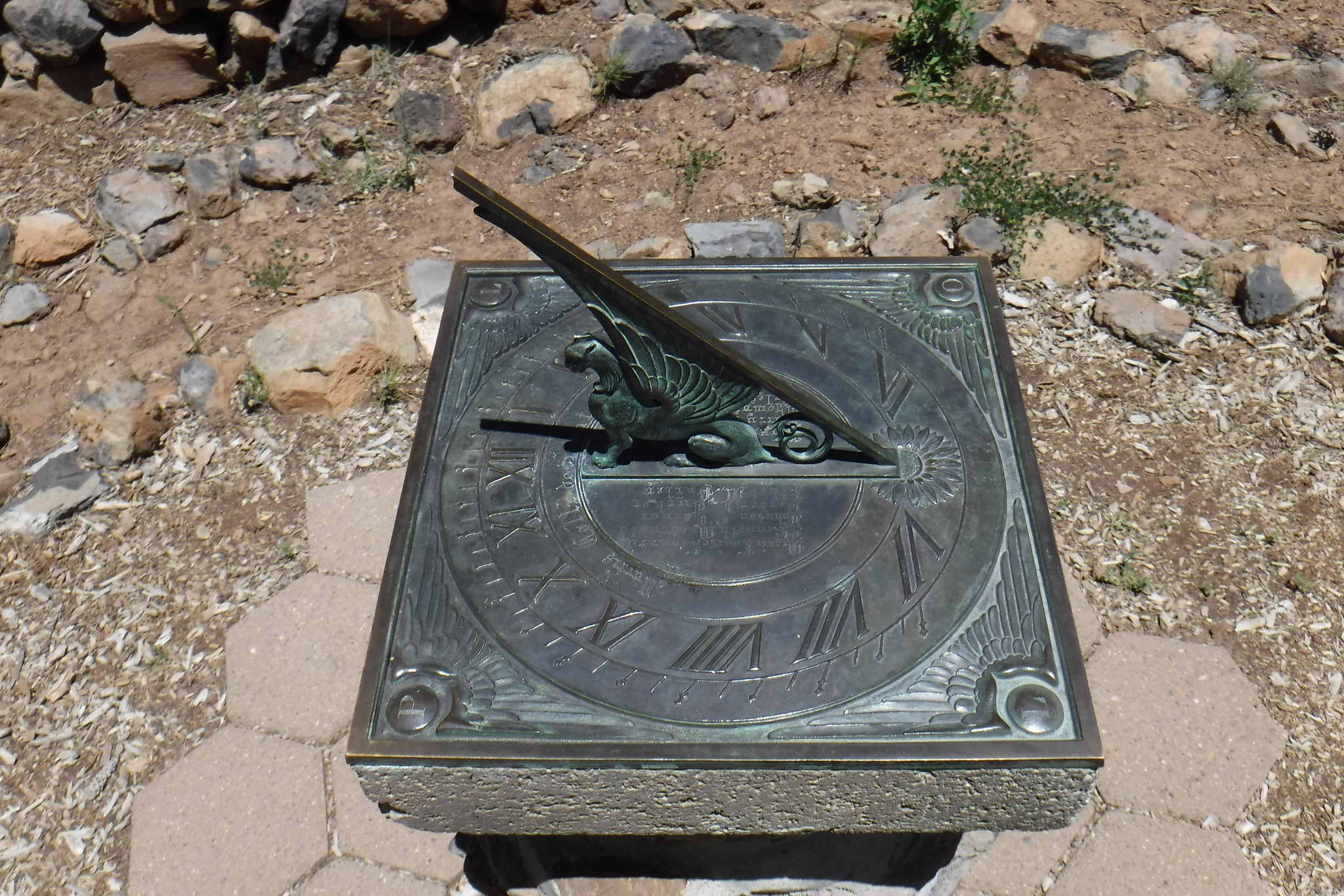
This Arizona observatory is where scientists first spotted Pluto, but tourists usually head to bigger spots instead. The old wooden dome still creaks when it turns to track the stars, and visitors can look through the same telescope that showed us our solar system was bigger than we thought.
Rozhen Observatory
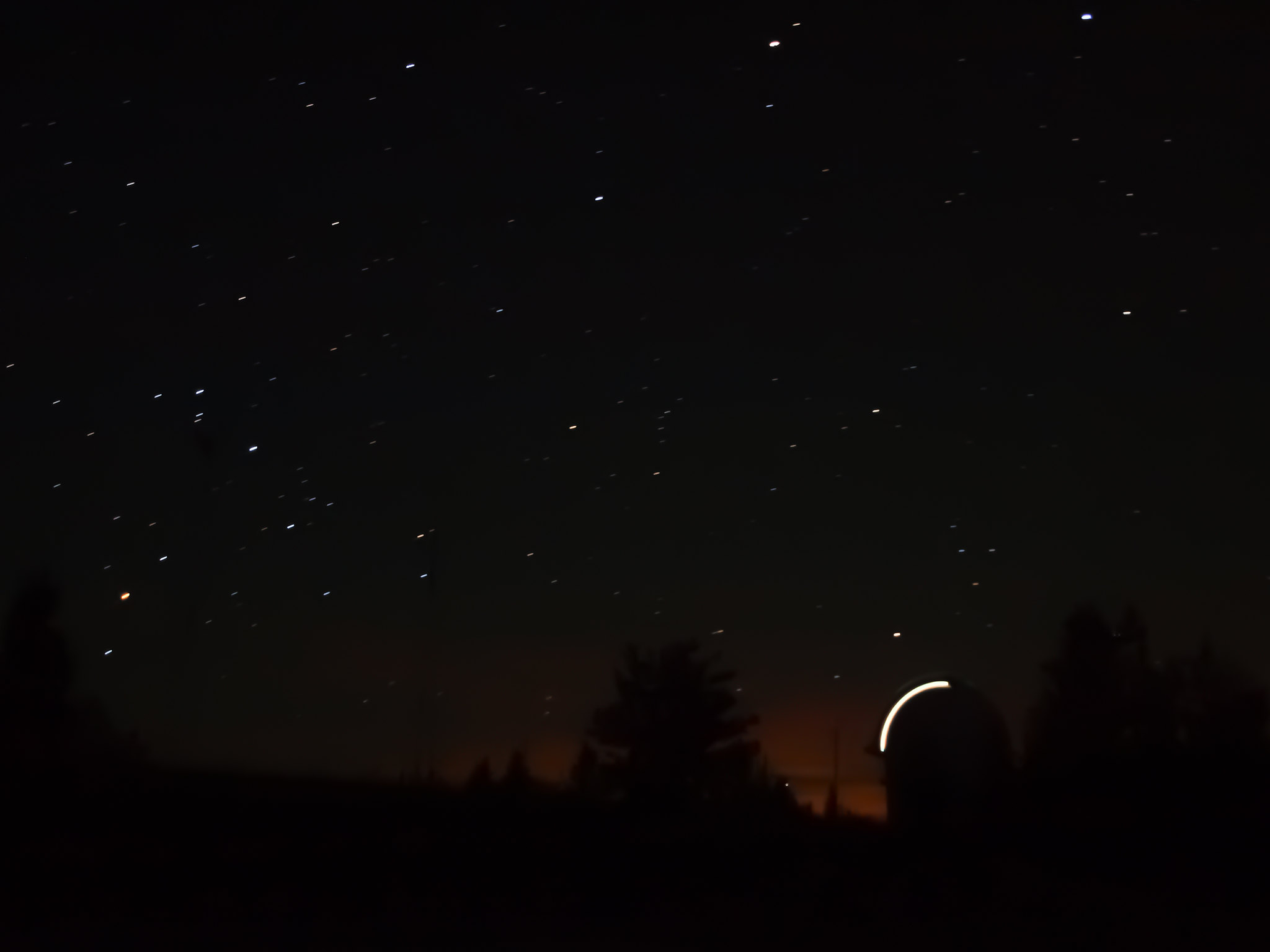
Bulgaria’s biggest observatory sits in mountains so dark you can’t see your hand in front of your face on moonless nights. The scientists here are super friendly and love showing visitors how they track asteroids that might hit Earth someday. Don’t worry, so far, we’re safe.
Like Travel Pug’s content? Follow us on MSN.
Sphinx Observatory
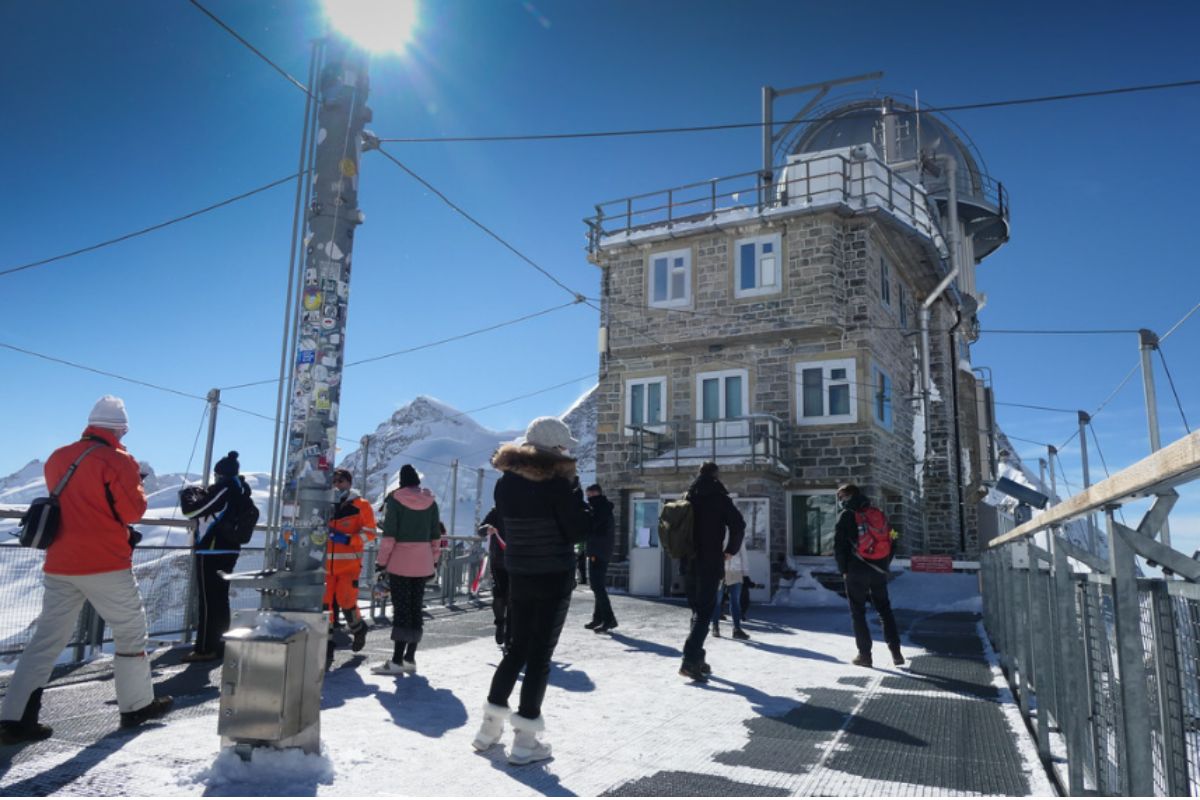
Built into a Swiss mountain like a supervillain’s hideout, this place studies stars and weather from one of Europe’s highest spots. Getting there means riding a train that climbs straight up the mountain.
The view of the Alps is amazing, but the real show is what you can see through their telescopes at night.
Kiruna Space Campus
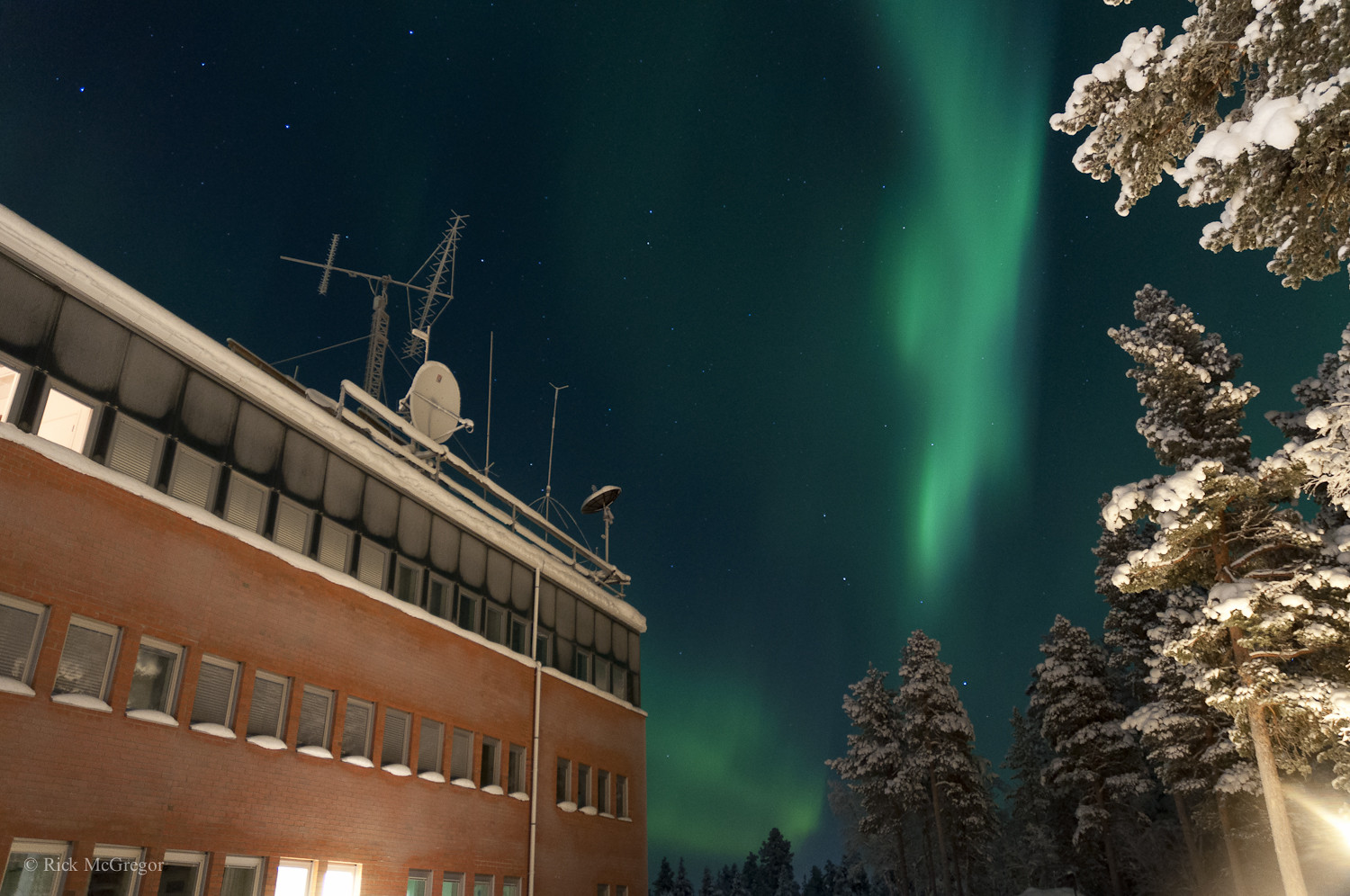
Way up in Swedish Lapland, this research station controls satellites and studies the northern lights. It’s so far north that the sun doesn’t set for weeks in summer and doesn’t rise for weeks in winter.
Perfect for watching auroras dance across the sky while sipping hot chocolate in the Arctic cold.
Yebes Observatory
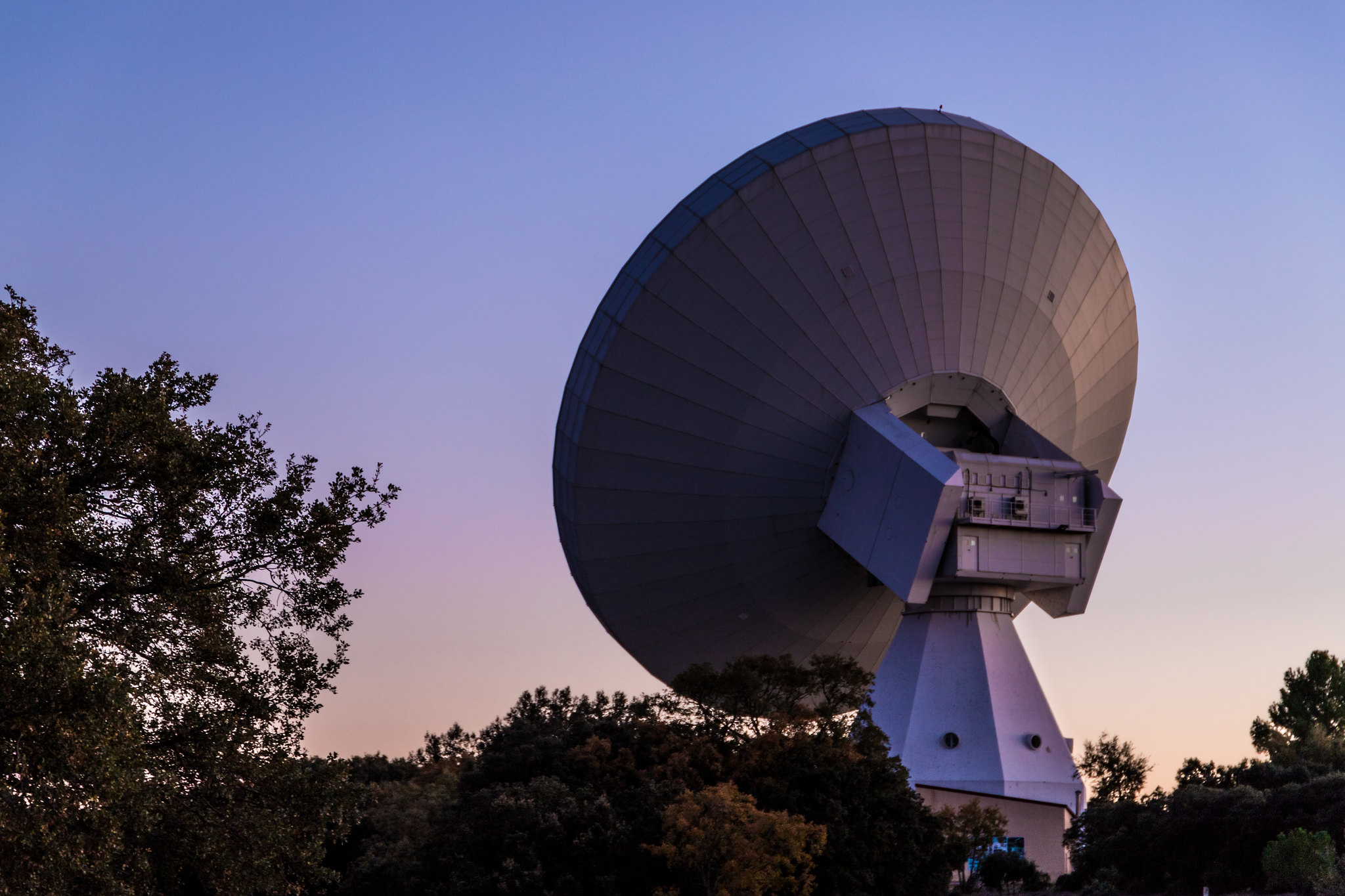
Spain’s hidden radio astronomy gem sits in a valley where cell phones aren’t allowed within miles. The huge white dish looks like it’s trying to catch messages from space – and that’s exactly what it does.
They study everything from dying stars to baby galaxies being born.
Like Travel Pug’s content? Follow us on MSN.
Ckoirama Observatory
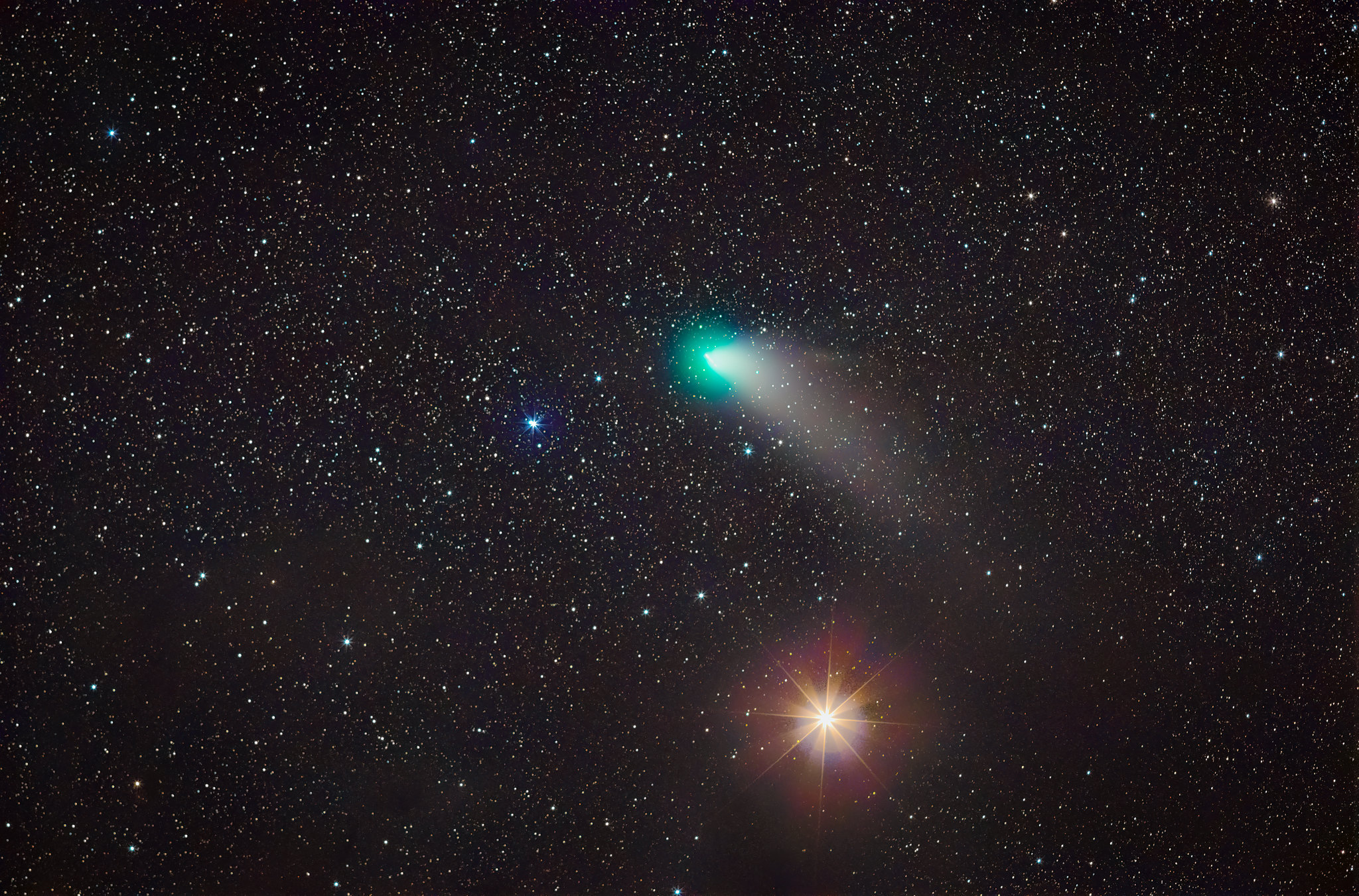
This tiny Chilean observatory sits in the driest desert on Earth. The air is so clear that even small telescopes can see things that big ones struggle with elsewhere.
Local astronomers joke that it never rains here – they’ve seen maybe three clouds in the last decade.
Mount John Observatory
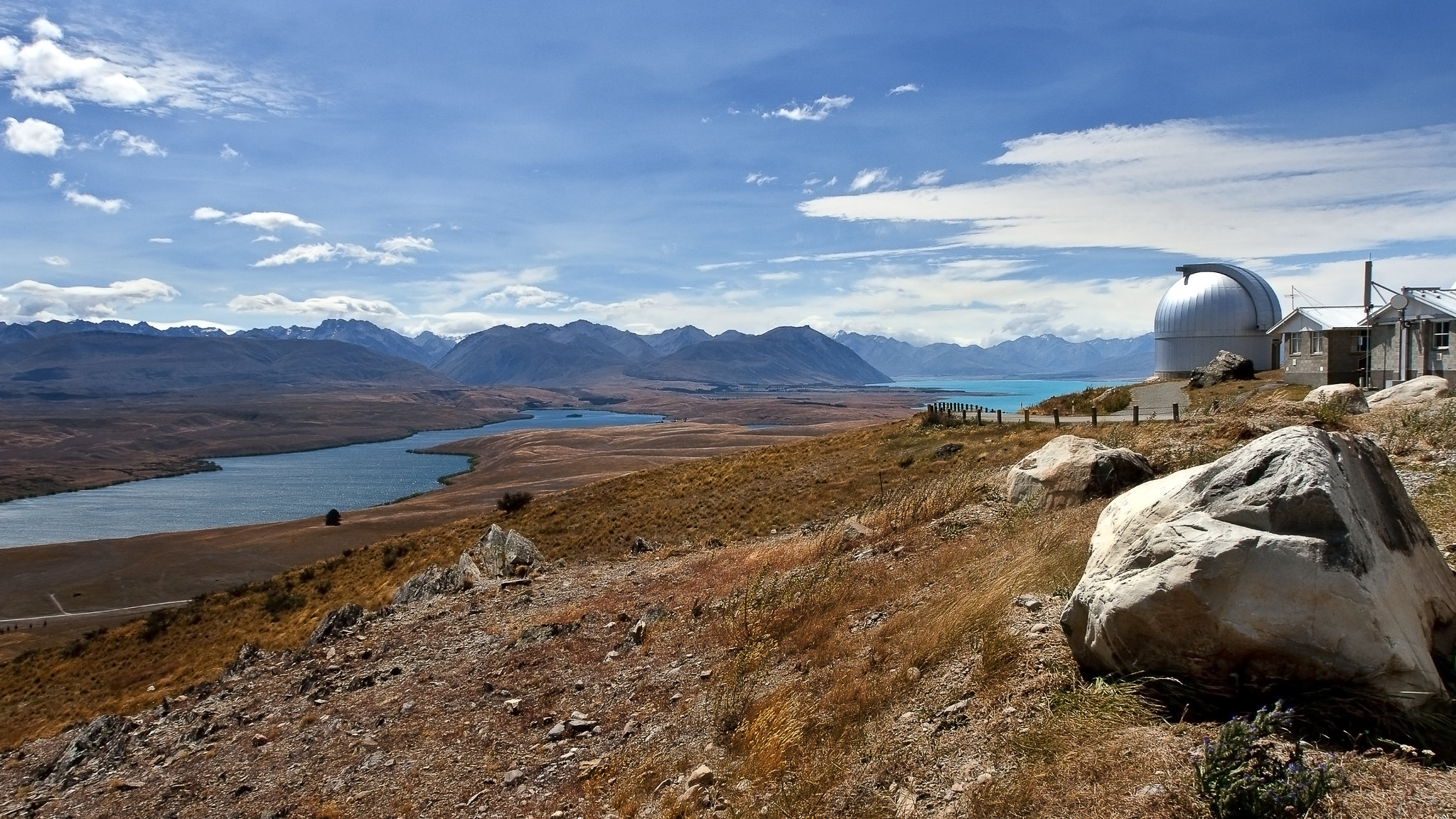
New Zealand’s best spot for stargazing sits next to a bright blue lake that reflects the stars at night. The southern sky here shows stars and galaxies that northern observers never get to see.
Plus, it’s one of the few observatories where you can drink a cup of coffee while watching the universe spin by.
Green Bank Observatory
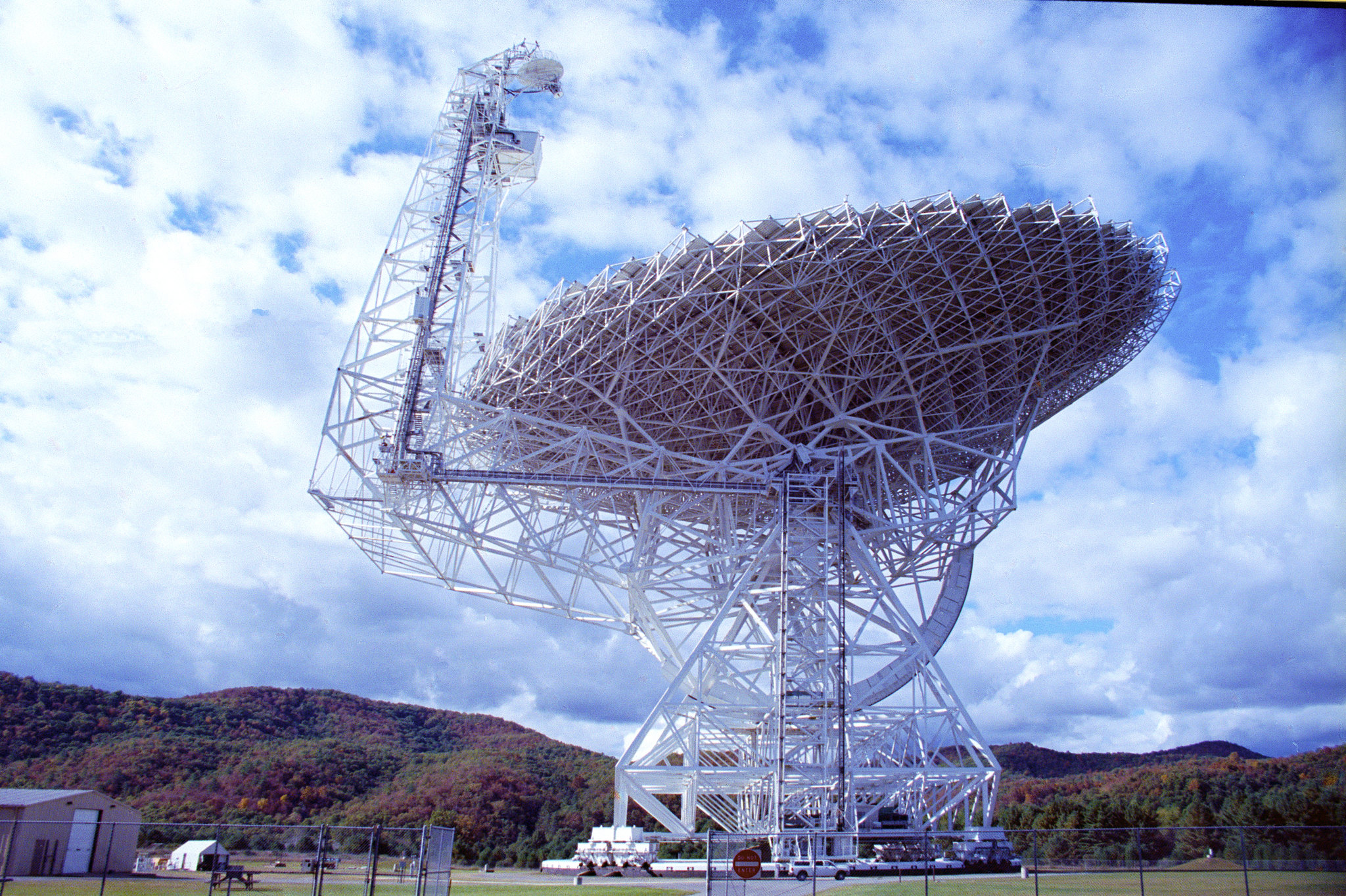
In a quiet valley in West Virginia, there’s a town where microwaves and cell phones are banned by law. The reason? A massive telescope that’s as long as three football fields and taller than the Statue of Liberty.
It sits in a ‘radio quiet zone’ bigger than some states, where even spark plugs in cars have to be specially shielded. Scientists here listen to the faintest whispers from space, picking up signals from stars being born and galaxies dying billions of light years away.
Like Travel Pug’s content? Follow us on MSN.
Starlight Across Time
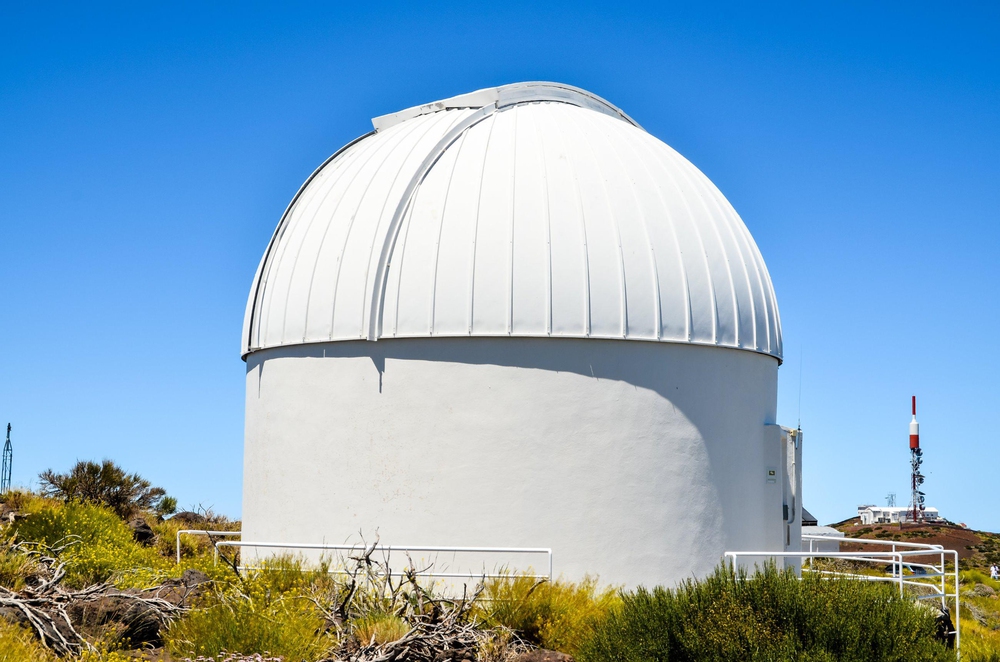
These places do more than just show us pretty lights in the sky – they connect us to the same sense of wonder that made our ancestors build pyramids and temples to track the stars. From ancient sundials to modern radio telescopes, each site tells part of the story of how humans learned to read the cosmic map above our heads.
What makes these spots special isn’t just their fancy equipment or dark skies. It’s how they help us understand our tiny place in the enormous cosmic neighborhood.
Whether you’re looking through a telescope that’s centuries old or one built last year, these places remind us that we’re all part of something much bigger than ourselves.
More from Travel Pug

- 20 Towns Built for One Purpose That Were Later Abandoned
- 15 Hidden Spots in Disney World’s Magic Kingdom Most Visitors Miss
- 15 Most Scenic Walks Anywhere in The World
- 15 Canyons in the U.S. That Are Just as Stunning as the Grand Canyon
- 10 Under-the-Radar Mountain Towns That Are Both Affordable and Beautiful
Like Travel Pug’s content? Follow us on MSN.
